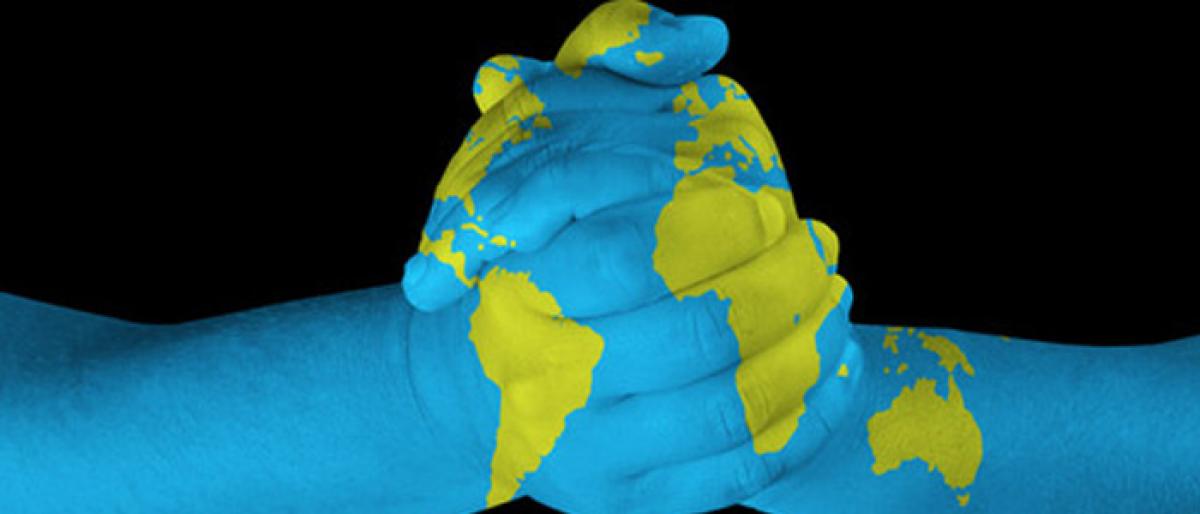Live
- Sex scandal: Kumaraswamy labels K’taka Dy CM 'shark'; Shivakumar expresses sympathy for Gowda family
- Govt sells India as a 365-day tourist destination at IMEX Frankfurt
- Assam minister takes potshot against BJP old guards
- Jaipur child suffering from rare disease administered injection worth Rs 17.50 cr
- AWS CEO Adam Selipsky steps down, Matt Garman to head Amazon’s cloud arm
- India Skills Competition 2024 to kick off on May 15
- Viral Sandeshkhali video: Calcutta HC bars police from taking coercive action against BJP leader
- Carrying copy of Constitution, INDIA bloc nominee Manish Tewari files nomination from Chandigarh
- Sagar community celebrates Bhageeratha Jayanti Across the south Indian states.
- Powering Amethi-Raebareli campaign: Cong invokes Gandhi family’s 100-year-old ties with pocket boroughs









